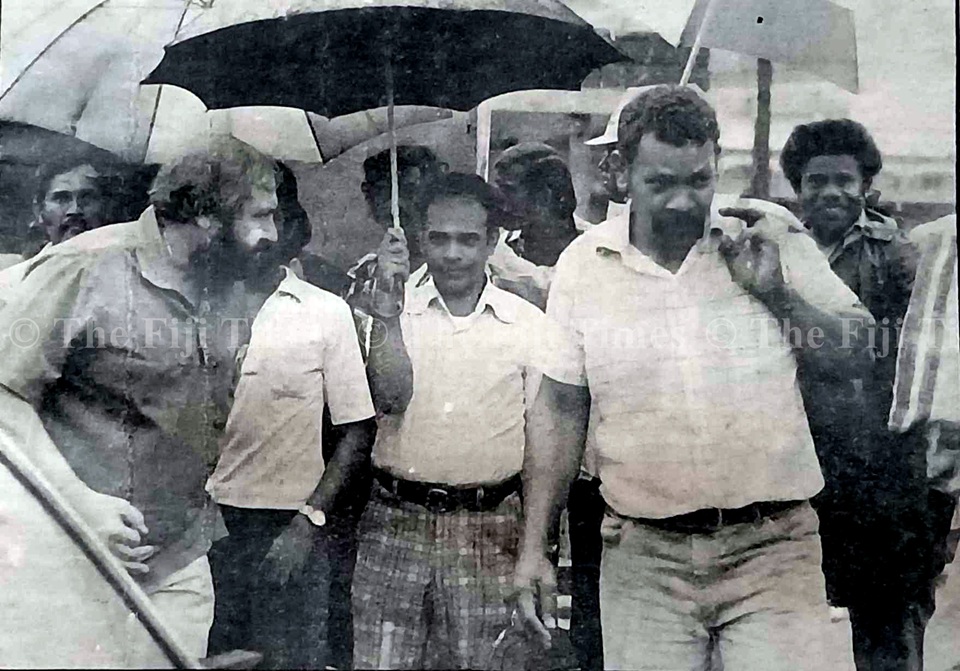Three major industries were in the grip of strikes as talks failed to produce settlements, according to an article published by this newspaper on May 20, 1982.
Work at the new multi-million-dollar Central Monetary Building at the time came to a standstill the day before as the remaining group of foremen and salaried staff members walked off their jobs to join the other 164 protesting workers.
The project manager at the site, Dick Elder, said the men outside the site were in breach of an existing agreement and the management had no alternative but to dismiss them and employ new workers.
“The employees who were not on strike protested at the engagement of new workers,” Mr Elder said.
The union members walked off their jobs when talks regarding their rates of pay broke down.
Conciliation efforts by the Ministry of Labour officials also failed to resolve the issues.
The general secretary of the union, Apisai Tora, said he would welcome arbitration.
“We will be only too pleased to present our case before an arbitrator,” Mr Tora said.
“I fail to see why the FMBA is hedging, after all, the award is binding on both parties.”
In another development, Building Workers Union president Noor Khan claimed 200 members of the union walked off their jobs at the Monasavu hydro project in support of the workers in Suva.
At Carpenters industrial division in Walu Bay, Suva, talks between union chief James Raman and management personnel officer Hector Hatch resolved a little.
The strike involved some 200 tradesmen — boilermakers, engineers and welders — members of the National Union of Factory and Commercial Workers.
Mr Raman said the row had erupted over the conduct of a non-union foreman at the plant.
A separate strike by Carpenters workers in Lautoka was resolved the day before after it was agreed to reinstate a sacked worker.
Talks continued in Labasa as the independent chairman of the Fiji Sugar Industry, Ian Thomson, attempted to settle a dispute between the Fiji Sugar Corporation and the FSC Clerks and Supervisors Association.



